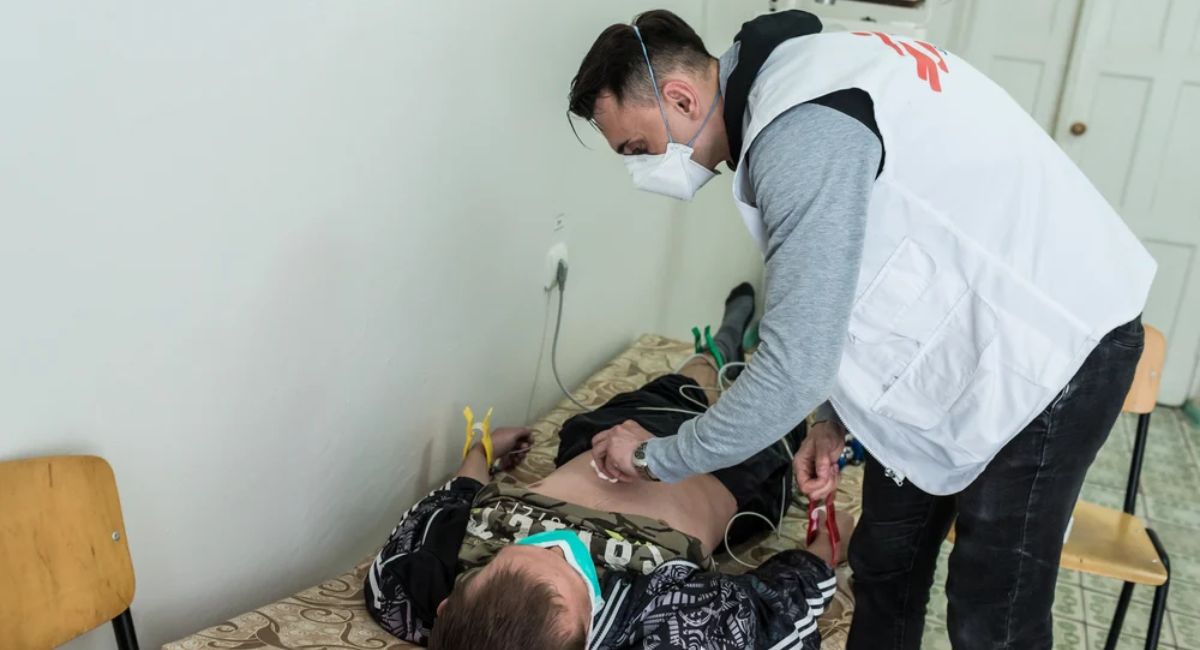Tuberculosis (TB) may sound like a disease from the past, but it is still here even in West Palm Beach (WPB).
When we talk about TB healthcare health WPB, we are looking at how this disease affects local communities, healthcare workers, and the systems that keep everyone safe.
TB is preventable, treatable, and curable but only if we stay informed and take action.
What is TB and Why It’s Still a Threat in WPB
TB is an infectious disease caused by bacteria that mainly attack the lungs.
It spreads through the air when someone with active TB coughs, sneezes, speaks, or sings.
While the United States has made huge progress in controlling TB, it has not disappeared.
Global travel, immigration, crowded living spaces, and underlying health conditions still give TB a chance to spread.
In WPB, public health officials and hospitals continue to watch TB closely because even a single case can spark a chain of infections.
TB Statistics in West Palm Beach and Florida
In Florida, TB cases occur every year, with certain counties including Palm Beach County reporting clusters.
According to the Florida Department of Health, the state sees hundreds of TB cases annually.
Some cases involve people who have traveled to or from countries where TB is more common.
In WPB, TB is not widespread, but the risk is higher for people who:
Live or work in crowded settings
Have weakened immune systems
Travel frequently to high TB regions
Work in healthcare facilities with high patient turnover
The message is clear: TB may be less common than it once was, but it is still a public health concern here.
How TB Affects Healthcare Workers in WPB
Healthcare workers face a higher risk than the general public.
They come into contact with patients every day, and not all TB cases are obvious right away.
Some patients have no symptoms or have symptoms that look like other illnesses.
In other parts of the world, such as Lesotho in Southern Africa, studies have shown that TB rates among healthcare workers can be two to three times higher than in the general population.
While WPB does not have the same extreme rates, the principle is the same exposure risk is real.
Hospitals in WPB use protective measures like N95 masks, negative pressure rooms, and regular TB testing for staff.
But early detection remains the most powerful tool to protect healthcare workers and their patients.
Common Myths About TB in Healthcare Settings
Even in professional environments, myths can lead to mistakes.
Here are some common myths and the facts:
Myth: TB is no longer a problem in the U.S.
Fact: TB exists in all 50 states, including Florida.
Myth: You can get TB from shaking hands or touching objects.
Fact: TB spreads only through airborne droplets from a person with active TB.
Myth: Once exposed, you will get sick.
Fact: Many people carry TB bacteria in a dormant state (latent TB) and never develop active disease.
Steps WPB Hospitals Are Taking to Protect Staff and Patients
Hospitals in WPB follow strict infection prevention and control protocols:
Regular screenings for healthcare workers, especially those in high contact roles
Isolation rooms for suspected TB cases
Use of PPE (personal protective equipment) for staff and visitors
Contact tracing when a TB case is confirmed
Employee wellness programs to monitor staff health
These steps protect both healthcare workers and the wider community.
TB Prevention Tips for the Community
Everyone in WPB has a role to play in TB prevention.
Simple actions make a big difference:
Get tested if you have symptoms like a persistent cough, fever, or weight loss.
Complete your full course of TB medication if diagnosed.
Cover your mouth when coughing or sneezing.
Keep rooms well ventilated.
Support community awareness campaigns.
When and Where to Get TB Testing in WPB
TB testing is available through:
Palm Beach County Health Department clinics
Local hospitals
Some private clinics and urgent care centers
Community health events
Testing methods include the skin test (TST) and blood tests like the IGRA.
For those at high risk, regular testing is recommended.
Latest Treatments and Support Services in WPB

Modern TB treatment usually involves a combination of antibiotics taken for six to nine months.
For drug resistant TB, the course may be longer and require additional medications.
In WPB, treatment programs often include:
Directly Observed Therapy (DOT): A healthcare worker ensures each dose is taken.
Free or low cost medication through public health programs.
Support services for transportation, nutrition, and housing during treatment.
Role of Public Health and Government Agencies in WPB
Local agencies like the Florida Department of Health in Palm Beach County work closely with hospitals to:
Track TB cases
Offer testing and treatment
Provide education to healthcare workers and the public
Coordinate with federal agencies like the CDC
They also engage in outreach to high risk communities, ensuring that prevention and treatment are accessible to all.
Community Stories and Case Studies from WPB
While patient confidentiality is protected, local health professionals share that early testing saves lives.
One WPB nurse recalled a patient who came in with a cough that had lasted for weeks.
The patient thought it was just allergies.
Testing revealed active TB and because it was caught early, treatment began before the disease could spread further.
Healthcare workers also benefit from workplace wellness programs, which offer TB screening, vaccination updates, and mental health support.
Why TB Still Deserves Our Attention in WPB
Some diseases fade from public awareness once they are under control but that’s when complacency can set in.
TB has been called the “forgotten” disease, but it remains one of the world’s top infectious killers.
In WPB, we have the advantage of strong healthcare infrastructure and public health resources.
Still, with global travel, population shifts, and the rise of drug resistant TB, the risk will never be zero.
Conclusion: Staying Ahead in TB Healthcare Health WPB
When it comes to TB healthcare health WPB, prevention, early detection, and treatment save lives.
Healthcare workers need continued protection, and the public must stay informed.
By supporting local health programs, getting tested when needed, and fighting stigma, we can keep TB under control in our community.


